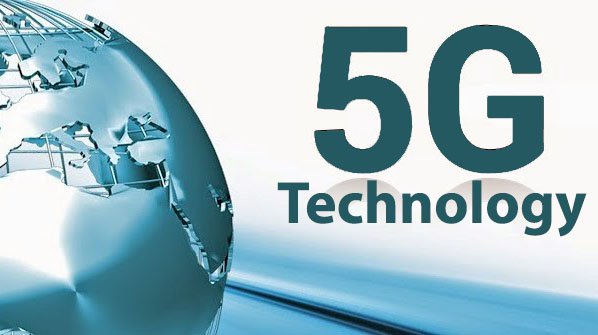Technology Trends (4): Next generation wireless

08 May 2019
TouchStar Technology Trends series
Technology
Trends: Next generation wireless

Next generation wireless technology is just around the corner,
with major 5G network deployments expected to be rolled out by 2020 promising
faster and more reliable connections. 5G technology will dramatically enhance connectivity across
networks, and also have a significant impact on the subject of one of our
earlier Technology Trends: The Internet of Things (IoT).
The number of IoT devices is rising rapidly, along with the amount
of data generated. Next generation wireless will enable much faster transfer of
this data, around 10 times faster than 4G in fact. As a result, 5G creates a
massive opportunity for many industries to improve their services, especially
those that deal with lots of data like bulk logistics.
A recent report from Swedish networking and telecommunication company
Ericsson projects that there will be 4.1 billion IoT cellular connections using
5G worldwide by 2024. From supply chain management, transportation and
logistics to retail and many more applications, 5G is poised to disrupt a
plethora of the world’s biggest industries and global marketplaces.
So what other advantages can we expect? And how do we put
potential benefits into real-life practice?
Faster,
better, stronger
The headline improvements with next generation 5G technology will
be dominated by speed, but it’s perhaps other areas that will make the most
telling difference. New mobile
technology will bring additional improvements such as reduced energy
consumption, but most importantly for bulk logistics it will usher in increased
real-time access to rapidly changing data.
Capacity will be greater meaning
more devices are supported and increased data traffic flows can be handled. It all boils down
to have accurate data available in real-time and being able to act on insights
gained from that data quickly. That can make all the difference in the delivery
stage of bulk logistics where there is often a lot of data to crunch and making
quick, well-informed decisions is vital to success.
It’s true that
previous advances in wireless technology have tended to benefit consumers
first, with businesses then implementing consumer-driven technology into
processes that help them. But with 5G, the main beneficiary is likely to be
industry.
In
technologically mature markets, next-generation wireless capabilities will
bring richer content, decreased latency, better real-time processing and
management of applications in the cloud. Expectations of the delivery stage are high in bulk logistics.To
stay competitive logistics providers will have to embrace new technology to
meet customer demand.
The growth of e-commerce has powered an increase in customer
expectations, so solutions that offer speed, transparency, affordability and
convenience will become the norm. The good news is that mobile devices for delivery drivers have
already developed to the stage where they can make a huge difference when it
comes to job scheduling, delivery mapping, digital proof of delivery and much,
much more. These devices linked to back office systems offer the visibility
that managers and decision makers need to keep their service as effective and
as efficient as it can be. These systems will continue to evolve and improve
with 5G. But whether a business has already embraced mobile technology to
this degree or not, 5G will add a new level of sophistication that can help
logistics businesses continue to match customer expectation. For example,
reduced latency means almost instant updates between drivers, customers and
back office staff to ensure a smooth delivery process that can handle
unexpected situations with ease.
Key
opportunities come with challenges
5G IoT solutions will
be able to handle the data generated by millions of interconnected objects.
This will be essential to maintaining everything from smart city streetlights to
automated production lines. IoT and big data
analytics will take bulk logistics supply chains to the next level. Next
generation wireless will enable close to 100% internet access and full
end-to-end connectivity. IoT devices will continue to advance and improve asset
tracking and monitoring. Meanwhile, seamless indoor and outdoor connectivity will
strengthen visibility of the delivery process.
Progress towards this
brave new future in logistics is not without challenges however. Deployment of
5G and next generation technology is not yet foreseeable on large scale and it
will take time and money to develop essential new low-power wide area networks. However, it’s
expected that the cost of 5G-enabled IoT sensors will be low, and the
availability so high that the benefits for bulk logistics delivery will greatly
outweigh the challenges.
The
low power consumption of IoT devices also enables a long lifetime without the
need for regular replacements. When everything
is labelled, tracked and recorded automatically, the days of losing items,
misplaced deliveries and losses due to manual inefficiency and labour will be
over. Next generation connections and sensors will allow for much better
monitoring of deliveries. Stakeholders in the supply chain will be able to
check on items, from location to temperature and much more, at any given time. Recording
and sharing data automatically with all parties involved without the need for
manual checkpoints will give peace of mind to both businesses and customers
alike. It will help to streamline complex logistical processes, replace
more manual actions to improve efficiency and help cut costs drastically.